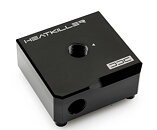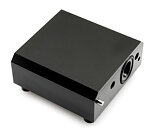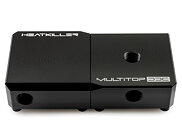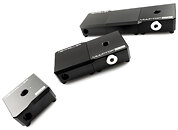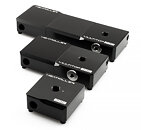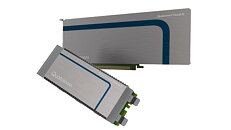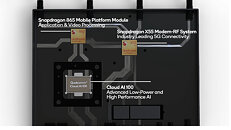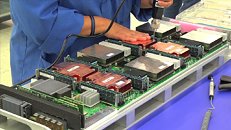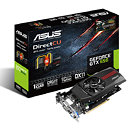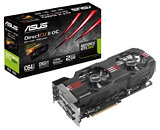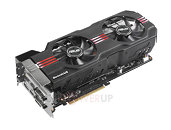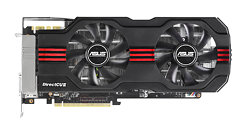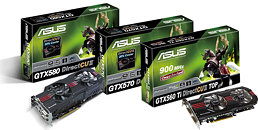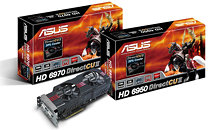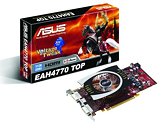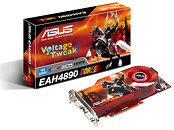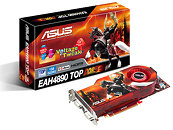
NVIDIA Advertises "Premium AI PC" Mocking the Compute Capability of Regular AI PCs
According to the report from BenchLife, NVIDIA has started the marketing campaign push for "Premium AI PC," squarely aimed at the industry's latest trend pushed by Intel, AMD, and Qualcomm for an "AI PC" system, which features a dedicated NPU for processing smaller models locally. NVIDIA's approach comes from a different point of view: every PC with an RTX GPU is a "Premium AI PC," which holds a lot of truth. Generally, GPUs (regardless of the manufacturer) hold more computing potential than the CPU and NPU combined. With NVIDIA's push to include Tensor cores in its GPUs, the company is preparing for next-generation software from vendors and OS providers that will harness the power of these powerful silicon pieces and embed more functionality in the PC.
At the Computex event in Taiwan, there should be more details about Premium AI PCs and general AI PCs. In its marketing materials, NVIDIA compares AI PCs to its Premium AI PCs, which have enhanced capabilities across various applications like image/video editing and upscaling, productivity, gaming, and developer applications. Another relevant selling point is the user base for these Premium AI PCs, which NVIDIA touts to be 100 million users. Those PCs support over 500 AI applications out of the box, highlighting the importance of proper software support. NVIDIA's systems are usually more powerful, with GeForce RTX GPUs reaching anywhere from 100-1300+ TOPS, compared to 40 TOPS of AI PCs. How other AI PC makers plan to fight in the AI PC era remains to be seen, but there is a high chance that this will be the spotlight of the upcoming Computex show.
At the Computex event in Taiwan, there should be more details about Premium AI PCs and general AI PCs. In its marketing materials, NVIDIA compares AI PCs to its Premium AI PCs, which have enhanced capabilities across various applications like image/video editing and upscaling, productivity, gaming, and developer applications. Another relevant selling point is the user base for these Premium AI PCs, which NVIDIA touts to be 100 million users. Those PCs support over 500 AI applications out of the box, highlighting the importance of proper software support. NVIDIA's systems are usually more powerful, with GeForce RTX GPUs reaching anywhere from 100-1300+ TOPS, compared to 40 TOPS of AI PCs. How other AI PC makers plan to fight in the AI PC era remains to be seen, but there is a high chance that this will be the spotlight of the upcoming Computex show.










